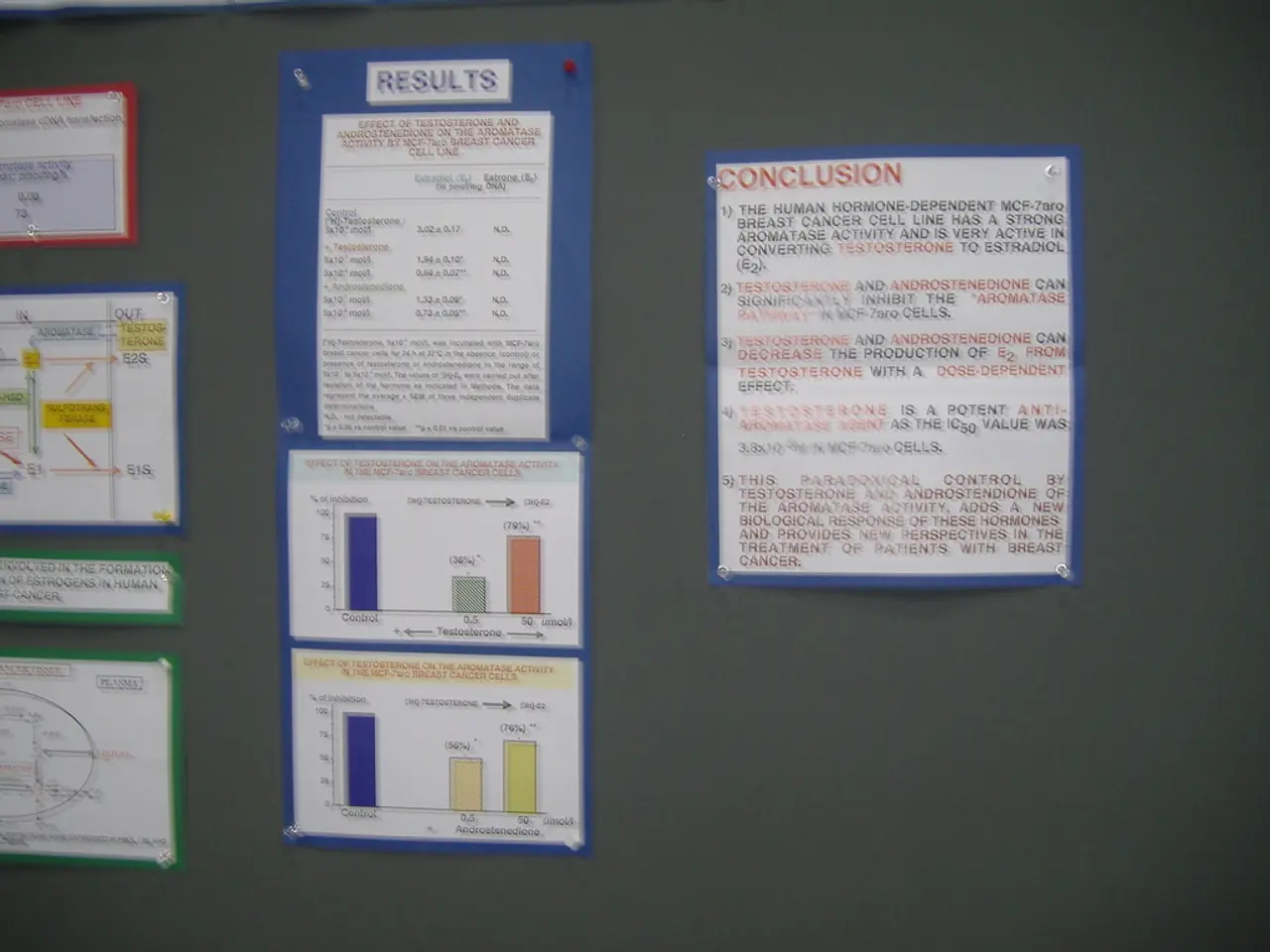Java's Polymorphism: The Ability for Objects to Assume Multiple Forms
In the world of object-oriented programming (OOP), polymorphism in Java stands out as a central feature that significantly boosts both code flexibility and reusability. Here's how it achieves this:
Polymorphism grants developers the ability to write methods in a general way for a parent class or interface, yet have them behave differently when executed by objects of various subclasses. This uniform interface for diverse objects means that a single reference type (such as a parent class) can be used to point to objects of different derived classes, making code more adaptable to change.
Moreover, the Java Virtual Machine (JVM) determines at runtime which version of an overridden or implemented method to call, a process known as dynamic method dispatch. This feature enables the same method call to produce different results depending on the object, supporting dynamic behavior without altering client code.
Polymorphism is also fundamental to several design patterns like Strategy, Factory, and Observer. These patterns rely on the ability to substitute objects and algorithms at runtime, further increasing the flexibility and modularity of software systems.
When it comes to code reusability, polymorphism shines by reducing code duplication. With polymorphism, you can write common methods in a base class and override only the parts that need to differ in subclasses. This minimises redundant code and allows the same method name to serve multiple purposes across different classes.
New subclasses can be added with minimal changes to existing code, thanks to polymorphism. The original codebase remains largely untouched, and only the new implementations need to be developed and tested. This makes it easy to extend functionality while maintaining system integrity.
Polymorphic methods also simplify maintenance by unifying the interface for a set of related operations. Code becomes easier to read, understand, and maintain. Debugging is also simplified because related behaviours are grouped under consistent method names rather than spread across unique functions.
In summary, polymorphism streamlines development, reduces errors, and accelerates the introduction of new features, making Java code more robust and future-proof. However, it's important to note that polymorphism can make it more difficult to understand the behaviour of an object and potentially cause performance issues due to additional computations at runtime.
When an object of a child class is created in Java, the method inside the child class is called because the method in the parent class is overridden by the child class. In method overriding, the method in the subclass must have the same name, return type, and parameters as the method in the superclass.
Method overloading in Java allows for functions with the same name but different parameters. Advantages of polymorphism in Java include encouraging code reuse, simplifying maintenance, enabling dynamic method dispatch, and helping in writing generic code that works with many types.
Method overriding in Java happens when a subclass provides a specific implementation of a method already defined in its superclass. Method overriding in Java enables dynamic method dispatch, where the method that gets executed is determined at runtime based on the object's actual type.
Runtime Polymorphism, or Dynamic Method Dispatch, is a process in Java where a function call to an overridden method is resolved at runtime. An example of method overriding in Java is shown in the given program, where the Print() method is redefined in subclasses to provide specific implementations.
In conclusion, polymorphism is a powerful tool in the Java developer's arsenal, offering significant benefits in terms of code flexibility and reusability. By understanding and utilising polymorphism effectively, developers can create more robust, adaptable, and maintainable software systems.
Technology, specifically components like polymorphism in Java, significantly contributes to the creation of flexible and reusable code. By using polymorphism, developers can write methods in a general manner for a parent class or interface, allowing them to behave differently for various subclasses. This technique, in combination with method overriding and runtime polymorphism, enables a single reference type to work with objects of different derived classes, increasing code adaptability.




